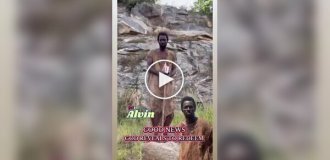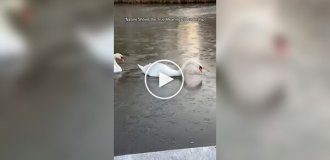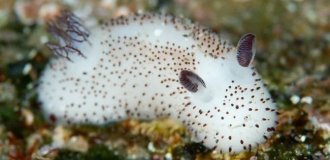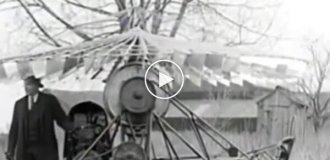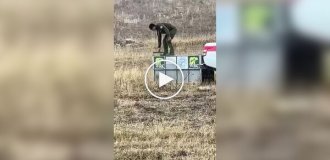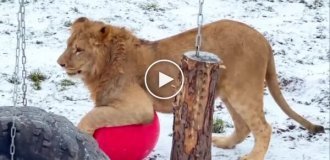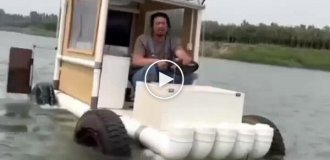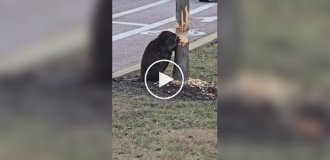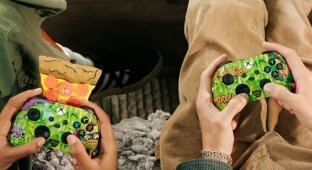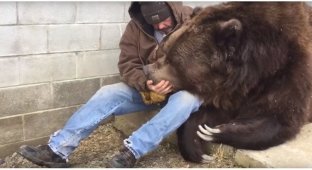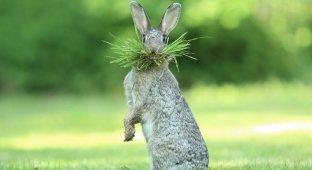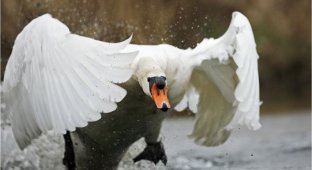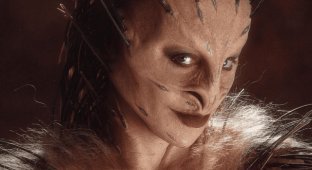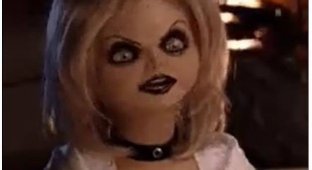Strange-looking “alien eggs” pulled out of a lake in Oklahoma (4 photos)
Oklahoma Department of Wildlife Conservation (ODWC) officials shared images of "alien egg capsules" found in McGee Creek Reservoir. According to them, these “capsules” are not dangerous, but something is expected to hatch from them in the summer. A little earlier, the same bizarre aquatic inhabitants were discovered in a Canadian reservoir. What kind of creatures are these? 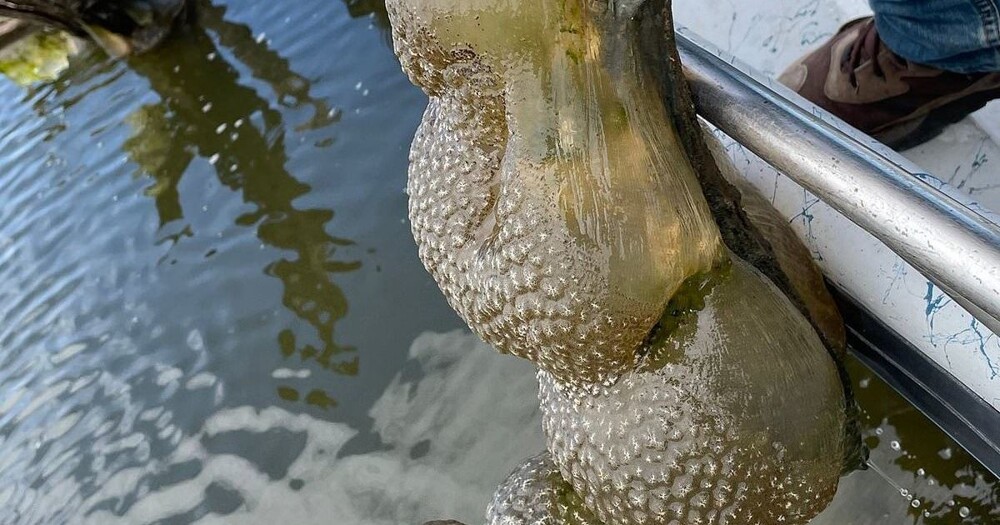
Pictures have appeared on the Internet in which you can see large jelly-like balls with a hard outer surface hanging from the branches of trees under water.
Photos of strange animals caused confusion and fear. Some people claimed that these were clearly some kind of alien creatures. 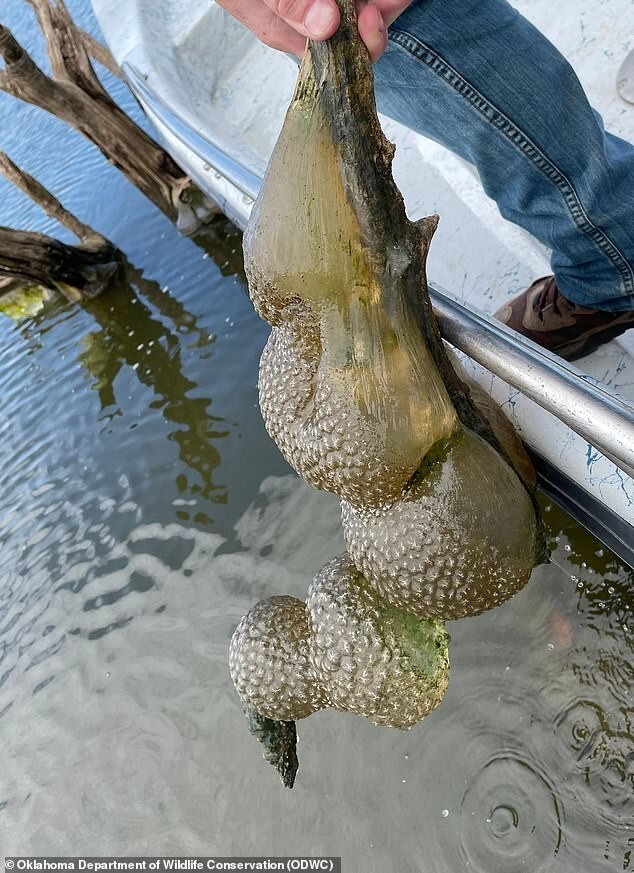
However, wildlife department officials reassured the public. They explained that the pictures showed the most common bryozoans, a type of protostomed colonial aquatic animal, in most cases attached. They have lived on Earth for hundreds of millions of years and appeared on our planet long before dinosaurs. Bryozoans band together in large aggregations to filter tiny particles from the water into food, ultimately cleaning the body of water.
"What is this?! If you're boating in areas like McGee Creek Reservoir, you may notice these strange jelly-like balls hanging from the limbs of submerged trees, the department said in a news release. “These are bryozoans, and they will most likely appear in large numbers this summer.” Don't be alarmed, these microorganisms are local and pose no danger to you or wildlife. In fact, they are an indicator of good environmental quality and clean water!” 
Bryozoans are hundreds of creatures, a fraction of a millimeter long, living together in a slimy mass. They have neither a respiratory nor a circulatory system, but they do have a central nerve ganglion that allows the animal to respond to stimuli.
The tiny invertebrates have both male and female reproductive organs, allowing them to self-clone and spread through clumps of body cells called statoblasts.
Each statoblast can reproduce asexually if it detaches from the colony, allowing the bryozoans to disperse in large numbers under suitable conditions. Animals feed on phytoplankton and bacteria. 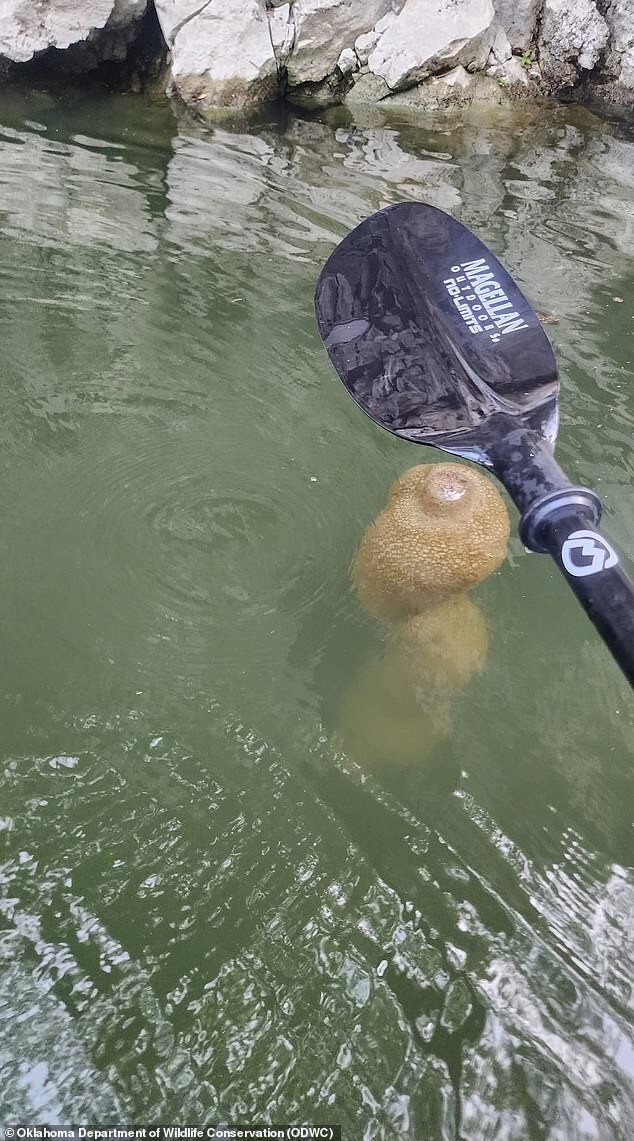
Bryozoan fossils date back 470 million years, suggesting they evolved from ancient marine worms.
